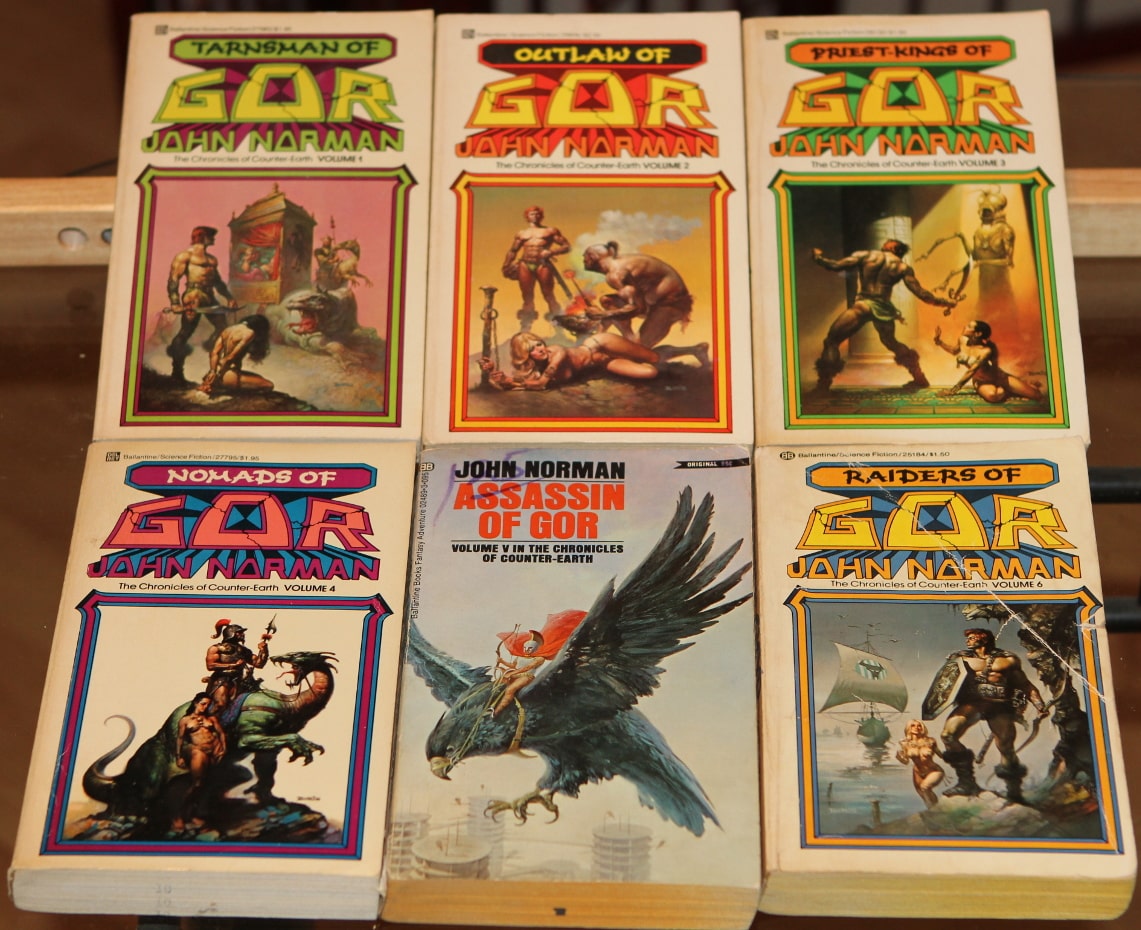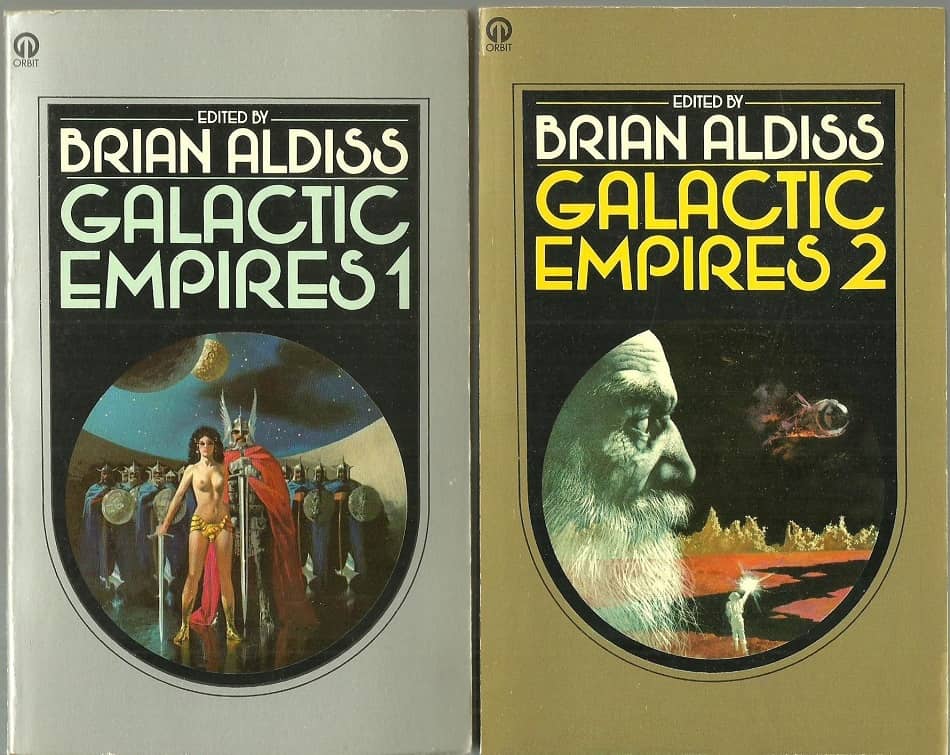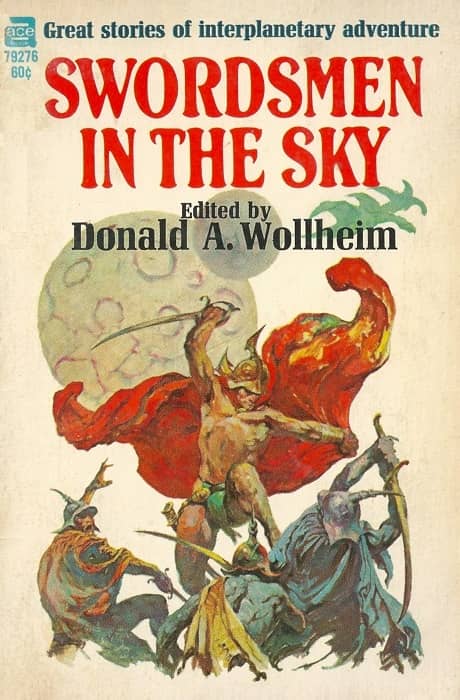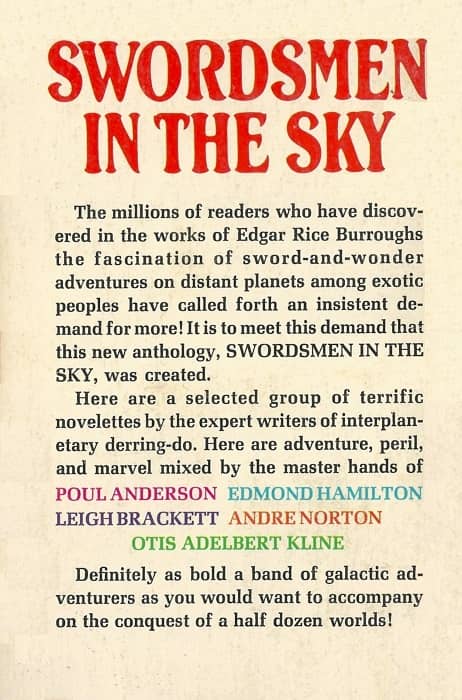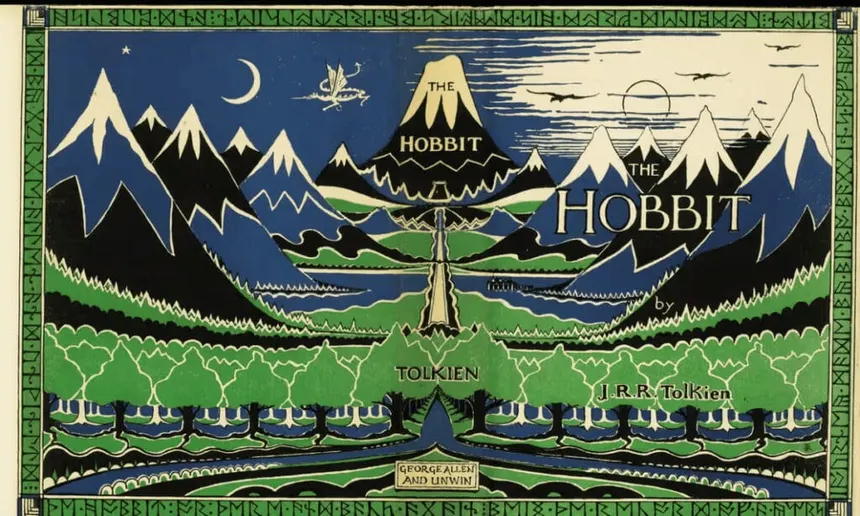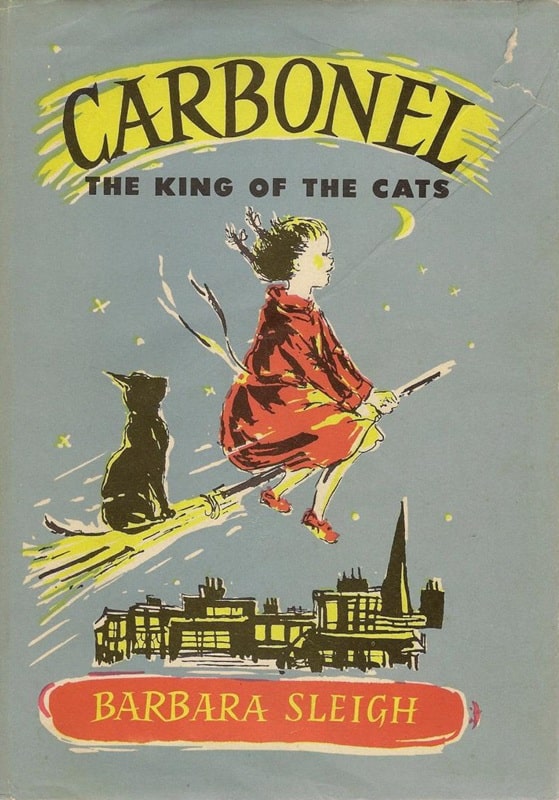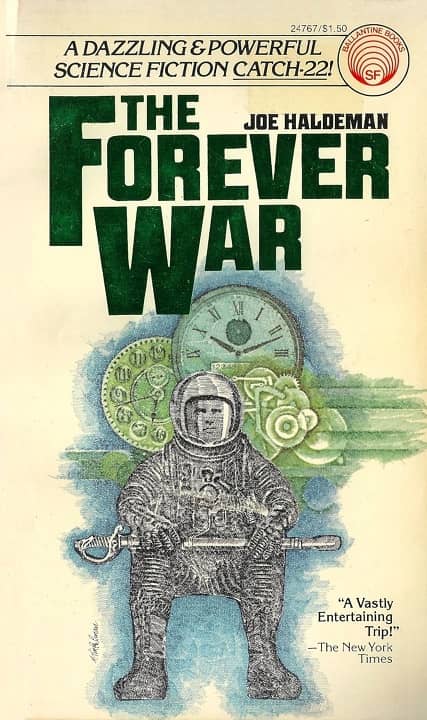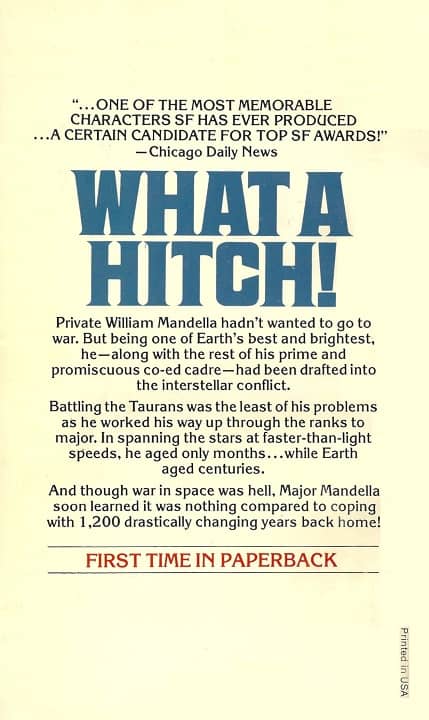Tor Double #11: James Tiptree, Jr.’s Houston, Houston, Do You Read? and Joanna Russ’s Souls

Cover for Souls by Dieter Rottermund
Houston, Houston, Do You Read? was originally published in Aurora: Beyond Equality, edited by Susan Janice Anderson and Vonda N. McIntyre and published by Fawcett Gold Medal in May, 1976. It won the Hugo Award and the Nebula Award. Houston, Houston, Do You Read? is the second of three Tiptree stories to be published in the Tor Doubles series, with only three female authors previously published in the series (four, if you include Joanna Russ in this volume), Tiptree is the first woman to have a second story included.
Major Norman “Dave” Davis, Captain Bernhard “Bud” Geirr, and “Doc” Orrin Lorimer are completing a year-long mission to orbit the sun in a spacecraft, the Sunbird. Upon nearing Earth, they are surprised, and annoyed, to hear women’s voices on the channels normally reserved for Mission Control in Houston. It becomes clear to the readers, if not the characters, that they have entered a Buck Rogers situation. Their orbit around the sun has resulted in their spaceship being catapulted into the far future.
